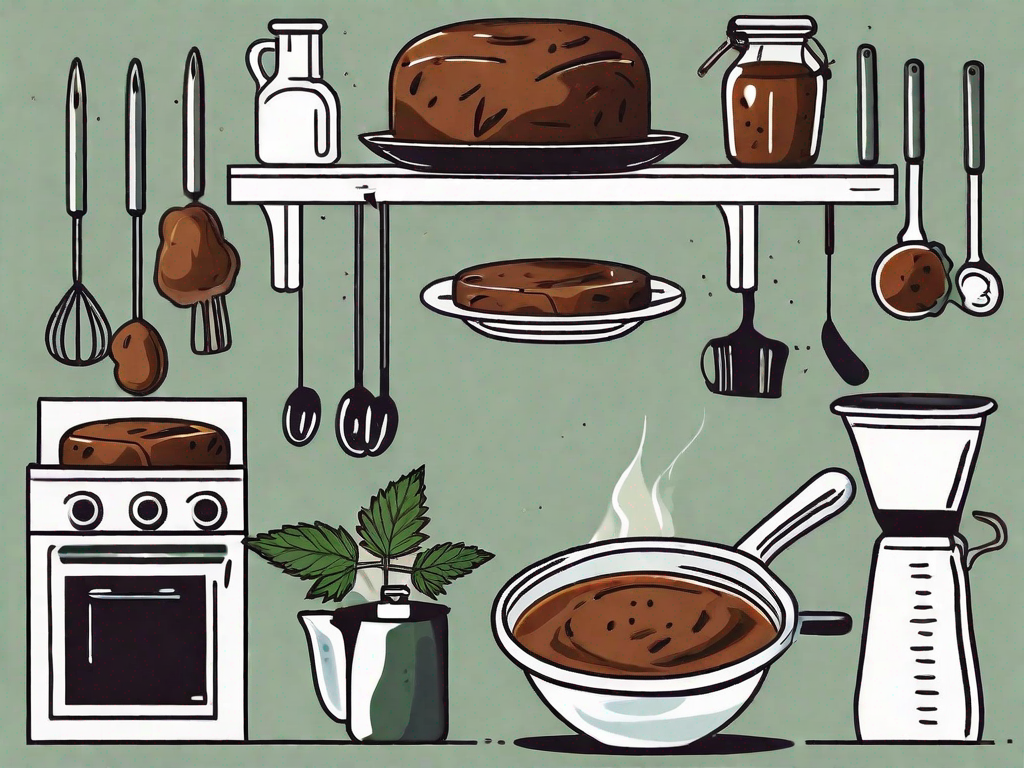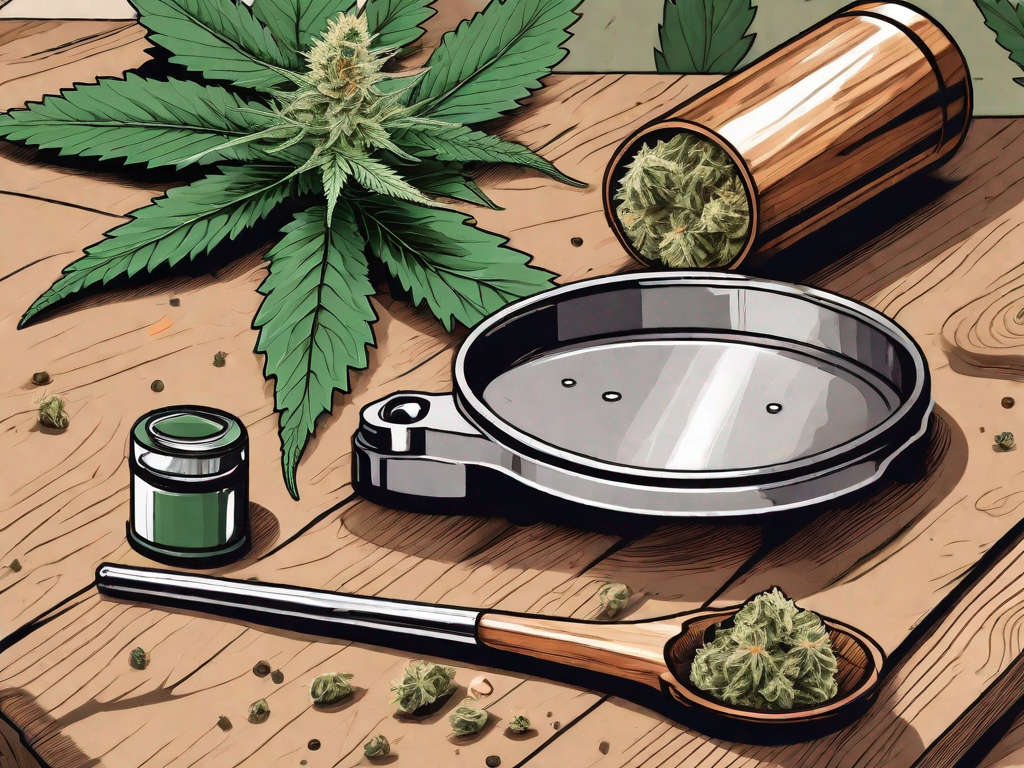Culinary Cannabis: Techniques and Recipes for Cooking with Cannabis

Culinary Cannabis: Techniques and Recipes for Cooking with Cannabis
The world of culinary arts is constantly evolving, with chefs and home cooks alike always on the lookout for unique ingredients to elevate their dishes. One such ingredient that has been gaining popularity in recent years is cannabis. Yes, you heard that right. Cannabis isn't just for smoking anymore; it's making its way into kitchens around the world. But cooking with cannabis isn't as simple as throwing some buds into your brownie mix. It requires knowledge, precision, and a bit of creativity.
Understanding Cannabis in the Kitchen
Before we dive into the techniques and recipes, it's important to understand what cannabis is and how it interacts with our bodies. Cannabis contains compounds known as cannabinoids, the most well-known of which are THC (tetrahydrocannabinol) and CBD (cannabidiol). THC is the psychoactive component that gives you the 'high', while CBD is non-psychoactive and is often used for its potential health benefits.
When cooking with cannabis, the goal is often to extract these cannabinoids so they can be ingested. However, raw cannabis is non-psychoactive. The process of heating cannabis, known as decarboxylation, is what activates the THC and CBD. This is why smoking cannabis has an effect, and why simply eating raw cannabis does not.
Choosing the Right Strain
Not all cannabis is created equal. Different strains of cannabis have different levels of THC and CBD, as well as different flavors and aromas. Some strains are more suited to certain types of dishes than others. For example, a strain with a citrusy aroma might pair well with a lemon tart, while a strain with earthy notes might be better suited to a savory dish like a stew.
It's also important to consider the potency of the strain you're using. If you're new to cooking with cannabis, it's a good idea to start with a low-THC strain and gradually work your way up as you become more comfortable with the process.
Techniques for Cooking with Cannabis
Now that we've covered the basics, let's dive into the techniques for cooking with cannabis. There are several methods you can use, each with its own pros and cons.
Infusing Oil or Butter
One of the most common methods for cooking with cannabis is to infuse it into a fat, like oil or butter. This is because cannabinoids are fat-soluble, meaning they dissolve in fat rather than water. To do this, you'll need to decarboxylate your cannabis first, then slowly simmer it in your chosen fat for several hours. The resulting infusion can be used in place of regular oil or butter in any recipe.
While this method is relatively simple, it does require some patience and careful monitoring to prevent the cannabis from burning. It's also important to strain out the plant material after infusing to avoid a gritty texture in your final dish.
Using Cannabis Flour
Another method for cooking with cannabis is to grind it into a fine powder and use it as a flour. This can be a great way to incorporate cannabis into baked goods like cookies or brownies. However, it's important to note that cannabis flour is much more potent than an infusion, so you'll need to use it sparingly.
Using cannabis flour also requires a bit more precision in your baking. Because it's so potent, it's easy to overdo it and end up with a final product that's too strong. It's a good idea to start with a small amount and gradually increase it as you become more comfortable with the process.
Recipes for Cooking with Cannabis
Now that you know the techniques, it's time to put them into practice. Here are a few recipes to get you started on your culinary cannabis journey.
Cannabis-Infused Olive Oil
This is a basic recipe that you can use as a starting point for many other dishes. You'll need:
- 1 cup of olive oil
- 1 cup of decarboxylated cannabis
Simply combine the two in a saucepan and simmer on low heat for 2-3 hours, stirring occasionally. Then, strain out the plant material and store the oil in an airtight container.
Cannabis Chocolate Chip Cookies
These cookies are a classic, and the cannabis flour adds a unique twist. You'll need:
- 1 cup of cannabis-infused butter
- 1 cup of sugar
- 2 eggs
- 1 teaspoon of vanilla extract
- 3 cups of all-purpose flour
- 1 teaspoon of baking soda
- 1/2 teaspoon of salt
- 2 cups of chocolate chips
Preheat your oven to 375 degrees Fahrenheit. In a large bowl, cream together the butter and sugar. Beat in the eggs one at a time, then stir in the vanilla. In a separate bowl, combine the flour, baking soda, and salt. Gradually add this to the butter mixture, then stir in the chocolate chips. Drop by rounded spoonfuls onto ungreased cookie sheets, then bake for 10-12 minutes or until golden brown.
Final Thoughts
Cooking with cannabis can be a fun and rewarding experience, but it's important to approach it with knowledge and respect. Always start with a small amount and gradually increase it as you become more comfortable with the process. And remember, the effects of edible cannabis can take up to two hours to kick in, so be patient and don't overdo it.
With a bit of practice and creativity, you can create delicious and unique dishes that not only taste great but also provide the potential benefits of cannabis. So why not give it a try? You might just find that cooking with cannabis is your new favorite culinary adventure.



